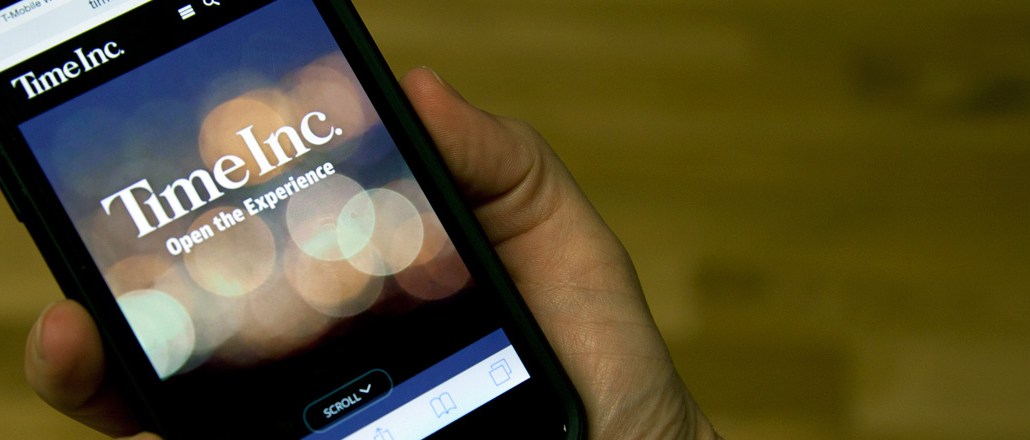
With its new smart technology vertical, Live-Smart, Time Inc. is hoping to cater to the average person rather than the tech fanatic.
Launching in the U.K. for now, Live-Smart’s aim is to explain how smart technology — that is objects that are connected to the Internet — can improve the reader’s life by saving time or money. The site features pieces on smart energy and cars, like this article “Check you’re breathing safe air” and “Oombrella’s a smart umbrella that you can’t leave behind.”
According to Keith Walker, digital director of innovation at Time Inc. in the U.K., this approach deviates from the more jargon- or review-filled content on other tech sites. “Take Time Inc. title ‘Trusted Reviews,’” said Walker, “this serves readers in two areas: One is for people who want to stay abreast of technology, and the other is the everyday consumer making purchase decision for a new iPad.” Live-Smart is for everyday people who don’t know what the advantages of smart technology are, he added.
Apparently there are a lot of them. With research company YouGov, Time Inc. found that 84 percent of U.K. adults have heard of the term “smart technology.” “When pushed on it, only 39 percent of people knew what it meant,” said Walker.
Live-Smart is the latest product to come out of Time Inc’s Innovation Group. This Group officially launched last May as a way for the publisher to diversify revenue streams by identifying new opportunities for products, and bring them to market very quickly, traditionally difficult for a publisher the size of Time Inc. with roots in print.
The innovation lab goes through four stages: identify the insight, carry out the market research, prototype the product, and set it into the wild to be a standalone part of the business. Live-Smart is still finding new commercial partners and developing the editorial strategy. Leading the charge is editor Nick Merritt, co-founder of tech sites T3 and TechRadar, and one other full-time editorial staff member, plus numerous contributors who together publish between around seven articles a day on the site.
The Innovation Group has also been responsible for the NME Daily app, launched last summer. The hypothesis, which perhaps wasn’t groundbreaking, was that millennials wanted fewer, shorter pieces of rich-media content than what was found on the site. The app publishes 10 pieces of content a day. Currently, the dwell time within the NME Daily is two minutes and 11 seconds, which is 40 percent longer than on the NME site (one minute and 33 seconds). Given that engagement is deeper in-app rather than on mobile Web, this isn’t that surprising.
Other publishers are broadening the appeal of technology sites, like Dennis which launched Alphr, the business technology site for those beyond the IT teams, last summer. Technology is a typically tough vertical to monetize, so broadening out the appeal offers more of an opportunity to scale the audience.
For Live-Smart, there are commercial opportunities around native content. Launch partner, appliance brand AO.com, co-created the this parody video which gained 157,000 views in days, with a 15 percent completion rate for a two-and-a-half minute video.
But the real value for commercial partners isn’t necessarily native content but instead the insight from the lab itself. “What the agency land is really excited about is the insights that we share from what we’ve learned from the other tests we’ve done in the lab,” said Walker, who explains that the initial commercial feedback has been around making other launch products from the lab accessible for testing.
More in Media

Here are the biggest moments in AI for publishers in 2025
Here are some of the moments that defined how publishers adapted to the AI era this year.

Digiday+ Research roundup: Gen Z news consumption and diversification in the DSP space were 2025’s top trends
As 2025 winds down, we rounded up the biggest trends of the year, based on the data that resonated the most with Digiday’s readers.

What publishers are wishing for this holiday season: End AI scraping and determine AI-powered audience value
Publishers want a fair, structured, regulated AI environment and they also want to define what the next decade of audience metrics looks like.





